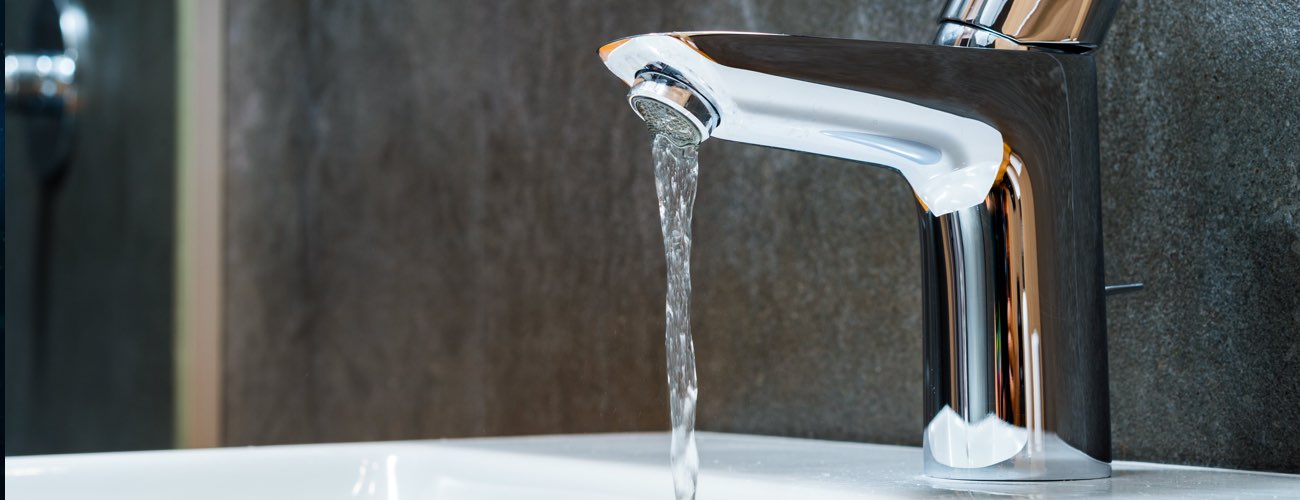Legionella Water Temperature Testing: the benefits of regular checks

If you are an employer or a person such as a landlord who is responsible for a building, then you have a legal duty to control the risk of legionella.
This is because legionella is a water-borne bacterium that poses a serious threat to health by causing Legionnaires' disease, a type of pneumonia that can be fatal.
Hence you must comply with safety regulations relating to legionella. According to the Health and Safety Executive in the UK, these apply when a premise is:
Controlled in connection with a trade, business or other undertaking where water is stored or used, and where there is a means of creating and transmitting breathable water droplets...
Since most water systems can create microscopic droplets in the air (via taps, showers, air conditioning, etc.) you should carry out legionella water testing.
Why is water temperature testing so important?
Legionella bacteria can survive within a certain temperature range, which is generally between 20C degrees and 50C degrees. Legionella it's the most virulent at around 37.5C degrees (roughly the temperature of a human body) where it can multiply.
Water hygiene expert Joe Finn of Remote Tech said: "Legionella needs certain conditions to thrive, so if you carry out frequent temperature checks, you can accurately assess the risk of a problem.
"This is vital because Legionellosis (a term for infections caused by legionella, including Legionnaires' disease) can be deadly, particularly among the elderly, or for people with health issues."
How regularly should you check water temperatures for legionella?
Legionella can multiply at an extremely fast rate. In some cases it can grow exponentially by the millions in a single day. This is most likely to happen when water is left in a still state, for example in pipes that have not been used for 24 hours or more.
Hence, to have a truly effective monitoring for risk of legionella it is advisable to carry out water temperature checks around the clock. This can be expensive and inconvenient, if it involves regular site visits by an expert.
One solution to this problem is remote monitoring. Technology experts at Remote Tech have developed a smart sensor that makes use of 'Internet of Things' technology to keep a building safe.
Florin Mangu, CEO of Remote Tech, said: "When temperatures are normal, our legionella sensor sends a test result to a server every three hours. However, in between these times the sensor remains on intelligent stand-by. If there are any inconsistencies, the sensor fully awakes and sends an immediate alert."
Landlords can access data from the sensor and seek professional advice in the event of a problem.
Meanwhile, the threat from legionella is on the increase in many parts of the world, due to factors such as climate change.
“What we are seeing now is that temperatures are increasing even in cold water, so Legionella bacteria also increase,” said Professor Martin Exner, Director of the Institute for Hygiene and Public Health at University Clinic Bonn, in a recent interview.
Q - Who is most at risk for Legionnaires' disease?
A - The risk of legionella infection increases over the age of 45. Among those most susceptible are people with chronic respiratory disease, diabetes, and problems with the lungs, heart, kidneys or immune system. Smokers or heavy drinkers are also likely to fall into a similar risk category.
Q - What are the symptoms of legionella?
Legionella symptoms are initially similar to severe flu. According to the National Health Service [https://www.nhs.uk/conditions/legionnaires-disease/], symptoms of Legionnaires' disease are initially a bad cough that does not go away. You may not be able to breathe properly, suffer from severe chest pains, have a high body temperature, and feel hot or shivery. If you experience these symptoms you are advised to call the NHS on 111.
Q - How do you get Legionella?
You can become infected with legionella if it gets into your lungs by breathing in tiny droplets or mists of water. Legionnaires' disease is often caught in places like hotels, hospitals or offices where the bacteria have got into the water supply. This is why it is so vital to carry our temperature checks, with hot water ideally being stored above 50C degrees, and cold water below 20C degrees.
Q - Where is Legionnaires' disease most common?
Legionnaires' disease can be found anywhere that water may exist in a still state for a period of time, such as in spa pools and hot tubs, air conditioning systems, showers, taps and toilets. If, for example, a toilet is located in a part of a building that is not used very often, then the risk may be heightened.
* For more information about the Remote Tech smart sensor, which records water temperatures every three hours and also monitors for any changes in between, go to https://remote-tech.co.uk//temperature
https://www.hse.gov.uk/legionnaires/what-is.htm
Useful links right above.